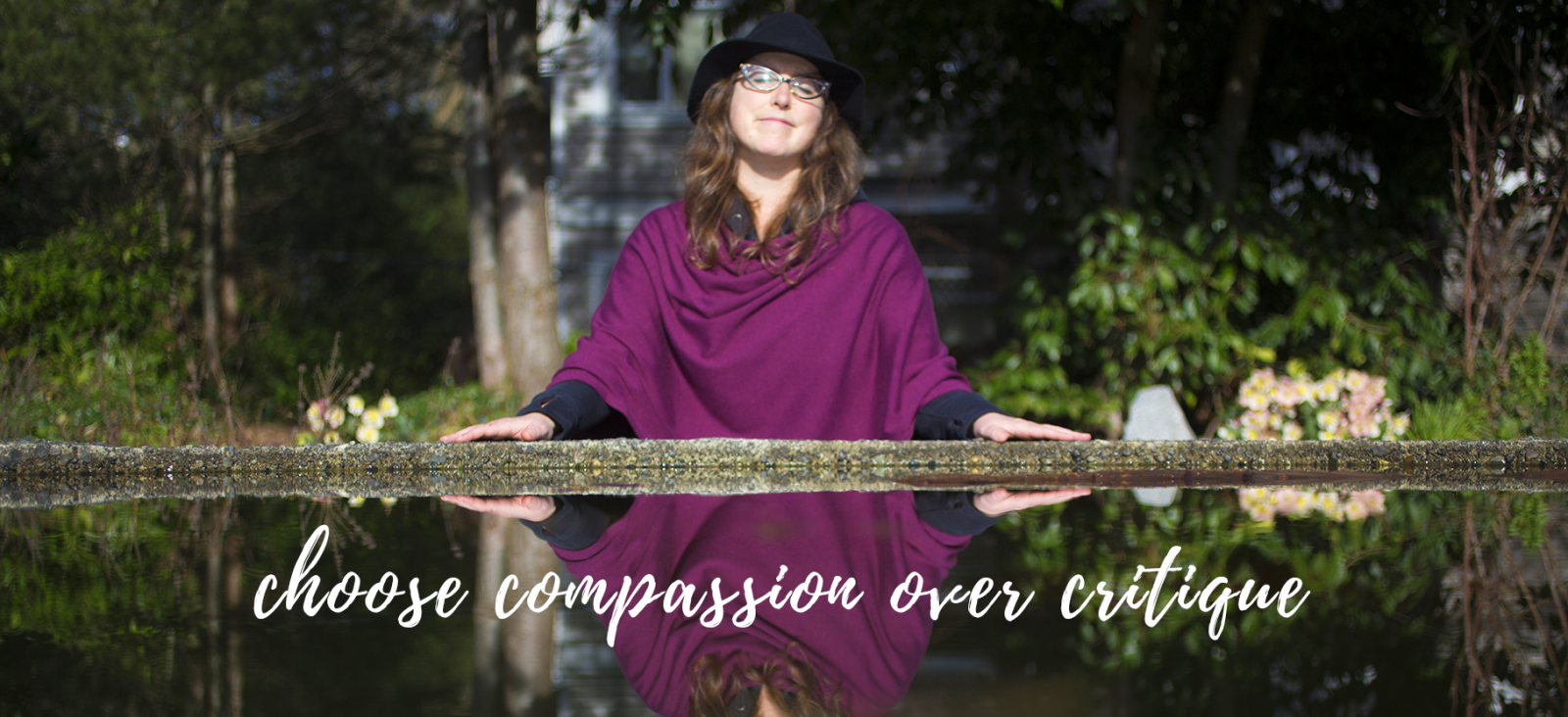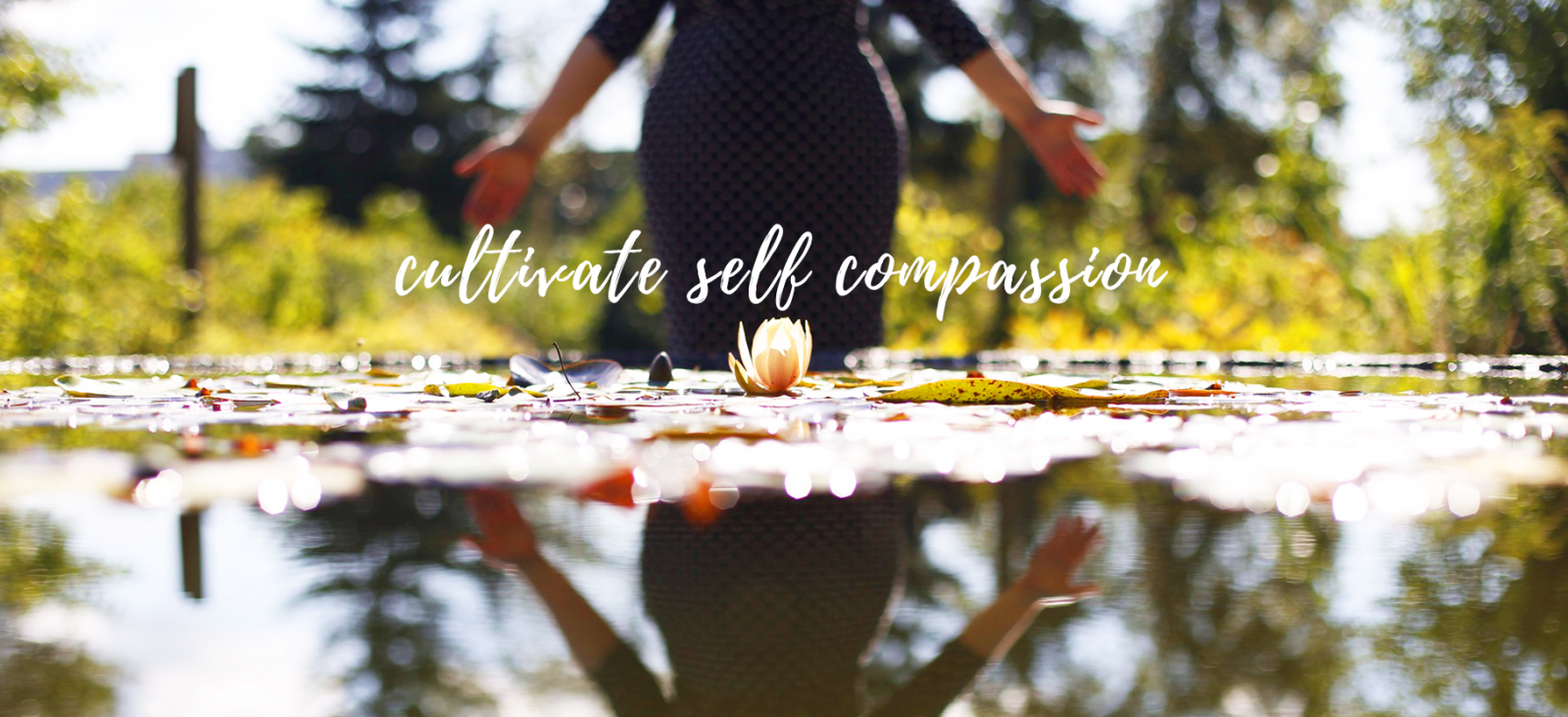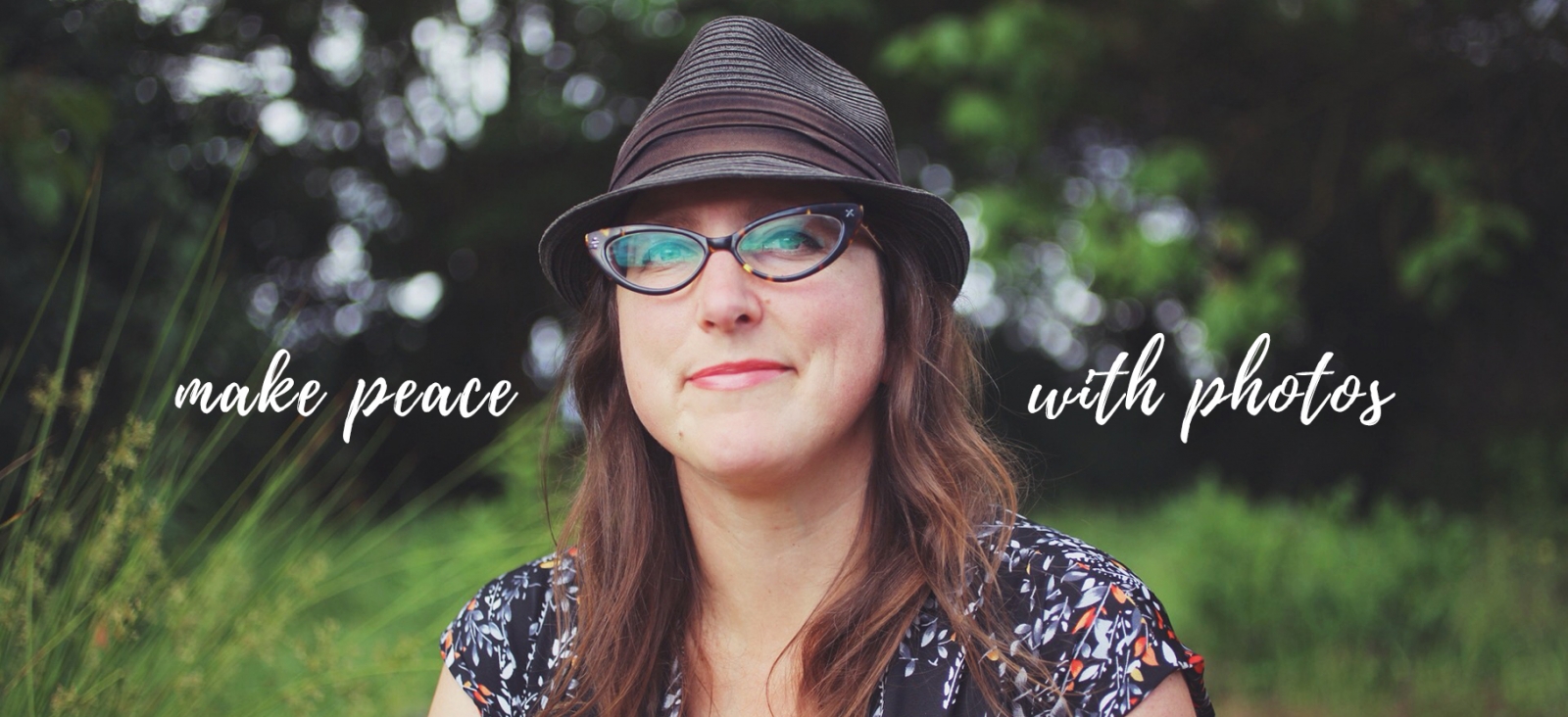.jpg)
If we’re friends on Instagram, you’ll already know this…but this past week while I was home visiting family I got OBSESSED with weaving. Fiercely.
I know photography is and will likely always be my true creative love (and has been for a decade now) but weaving swept me under it’s spell too. I’ve tried so many mediums over the years: theatre, songwriting, guitar/singing, art, mixed media, painting. And while I had a blast doing all of them, none of them ever felt quite like my medium. In fact it always felt like something was missing…until I started to see the world through the lens.
And then this week, as I started to weave weft into warp I felt it again. That feeling of home. Which really is no surprise (even though it took me until 37 to realize it) since I’ve been surrounded by weaving my whole life but hadn’t tried it myself. You see, I’m a weavers daughter. My mom is an amazing weaver and started when she was a teen.
Especially as a youth, she made not only textiles but the most amazing tapestries. Growing up I was especially obsessed with one of them full of radiant sunset like tones, reds, blues and I gazed at that tapestry all the time until eventually I convinced her to let me bring it home with me to the west coast where it now hangs on my wall.
But lately I had noticed so many cool tapestried/wall hangings appearing on Pinterest and I’d been getting wildly inspired by them but somehow I still thought that weaving meant having a gigantic loom in your house, which well…wouldn’t work for where I live right now.
So I started to dig into how to make a DIY loom and it looked super simple so when I arrived at my folks house in Ontario this month I asked my Mom if she’d help me figure out how to make a loom PLUS help me figure out the kind of stitches and techniques I was seeing in a lot of the wall hangings on social media.
I thought I’d share a bit about how that unfolded and share a few resources with you that I found super helpful.
.jpg)
To make a DIY loom you need:
- A frame of some sort (I went looking around the house and found an unused 18 x 24 canvas that I took the canvas off of and used the frame underneath but you could also go to a thrift store and find any solid wood frame).
- Nails
- A hammer
.jpg)
I then got to work making the frame. I marked with pencil on the frame where I was going to put the nails, a 1/4 inch apart. You could most definitely make them further apart and have less warp (the threads running up and down) but I liked how it looked with so much warp and the way it felt really solid.
Then I put the nails in. It felt like it took for ever and was a big learning curve. In retrospect, the nails I used weren’t ideal for this as they were too big and not smooth enough (and wore at the thread as I worked on it). But only 1 thread actually broke so I’d definitely use it again now that I made it. After the nails were in, I threaded the warp up and down across the frame.
Of course I had yearned to have the nails straight across the frame but well, it ain’t that easy! So I quickly let go of perfectionism around this. Cause it truly doesn’t matter as long as they were the right distance apart.
This post from A Beautiful Mess was helpful in getting started and has great visuals for beginning your weaving.
Having it be a consistent tension is something I’m sure weavers get better at as they continue to weave these but just do your best at first to have them consistent.
Then it was time to begin:
.jpg)
The first part of the tapestry for me was all about learning how to be consistent with the tension, how to turn it back around and start a new row as I went around and back over each nail.
As you can see in the above photo I chose a few balls of yarn and some raw wool that my Mom had that she let me use. I bought more yarn as I went along but started with what I had. At this point in the tapestry I had no plan other than just to learn and get creative, but at any free moment I was checking out the #weaverfever hashtag on Instagram to get inspiration and start to ponder where I wanted it to go!
.jpg)
It was mighty fun to have such a transportable frame to work with, one that I could use on a table or have in my lap and flip it around as needed.
I began with the most basic stitch, weaving above one thread and below the other all the way across and back. At times like with the sun below I experimenting with creating shapes and then weaving around it, as well as trying other stitches and using raw wool too.
.jpg)
Soon a vision started to emerge for it, inspired by the gorgeous sunsets in this area where I was visiting. For reals, there was at least a few nights where the sun was truly this kind of neon orange as it set!
As I worked up the tapestry I experimented with a few different stitches that I had noticed a lot of people using in the photos I was seeing. I found this info a bit hard to find so I wanted to share it with you here.
Techniques & Stitches:
I had started to notice a stitch in many people’s wallhangings that looked like a braid when done in multiple layers and found out it was called Soumak (which you can see in the first two layers of white in the above photo). This tutorial has a great visual for it, head down to #28 in the post to see it.
This post also has a great example of Soumak
This post explains roving and how to use it!
I also encourage you to go freestyle and experiment if you’re trying this. After learning a few kinds of stitches I just started experimenting (and sometimes discovered something from making a mistake). It made me feel really in tune with the process and helped me gain confidence that indeed I could do this!
Weaving Resources:
This was the Weaving 101 tutorial I found the most helpful in the process, including stitches.
Loom & Spindle Blog. This blog is packed full of resources for weaving on a frame!
This post has some great visuals and tips for different types of techniques you could do!
You can also make a loom out of cardboard (especially useful for weaving with kids) and here’s a great tutorial. It’s also a great way to weave from a pattern like you can see in these photos. I haven’t tried this yet but look forward to it!
*
So have you tried weaving? Any resources you’d like to share with me? I’d love to know!




